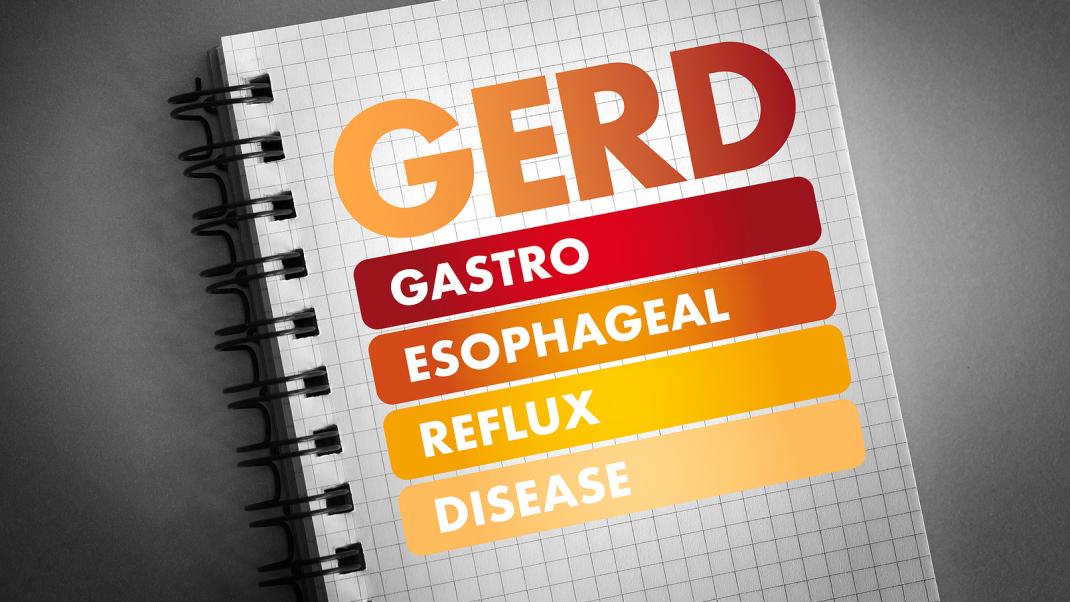
-
GERD is caused by a damaged lower esophageal sphincter (LES)
-
Heartburn is the most common symptom of GERD but there are many others
-
Medications do not fix the damaged valve; minimally invasive surgical procedures do
Gastroesophageal reflux diseases, referred to as GERD, are defined as a condition caused by the reflux of stomach contents into the esophagus, causing troublesome symptoms and complications. GERD is often referred to as acid reflux. They describe the same disease.
GERD is caused by a malfunction of a muscular structure called the lower esophageal sphincter (LES) located at the end of the swallowing tube (esophagus) at the point where it joins the stomach. Under normal circumstances, the LES functions are compromised, it loses its valve function, and stomach contents can move in the wrong direction up into the esophagus. The lining of the esophagus is sensitive and not meant to withstand exposure to stomach juices, including acid. It is easily irritated, causing many symptoms, the most common of which is heartburn.
Overeating is a significant factor that leads to damage of the LES. Filling up or stretching the stomach allows the LES to be exposed to the stomach contents, including acid, damaging the LES. The term “acid” reflux is used because when reflux occurs, the highest component of the stomach juices is acid, which causes the most irritation of the esophagus. Many chemicals are contained in the refluxing stomach contents, but it is the acid that causes most of the symptoms.
Heartburn is the most common symptom of GERD. Heartburn is described as a burning sensation in the upper abdomen extending into the chest under the breastbone. There can also be a pressure sensation associated with it.
Along with heartburn, the other “typical” symptom of GERD is regurgitation = and swallowing difficulty, termed dysphasia. Regurgitation is the reflux of bitter stomach juices into the back of the throat without warning. Frequently occurring at night, people often wake up with a bitter material in the back of the throat accompanied by a choking sensation. It is quite a miserable experience and is very specific for acid reflux. It can occur during the day as well; even when just bending over, Dysphagia is a symptom that must be evaluated expeditiously. It usually represents some damage to the esophagus from long-standing reflux. However, it can also represent something quite serious such as a narrowing of the esophagus from reflux or even esophageal cancer.
GERD can also cause other symptoms that we term “atypical.” These can include chronic cough, sore throat, throat clearing, voice fatigue, worsening of preexisting asthma, dental disease, and others; these atypical symptoms can be challenging to recognize as caused by GERD.
The expert testing available through the Heartburn Treatment Center accurately evaluates these symptoms to determine if they are caused by GERD. Once this determination is made, treatment options are offered.
The most common treatment of GERD is taking medication to improve symptoms. There are many medications available over the counter and by prescription, all functioning the same way. They either neutralize or decrease the production of stomach acid. These drugs include antacids such as Tums, H2 blockers such as Zantac and Pepcid, and the most potent acid suppressant called PPIs (Nexium, Prilosec, and others.) The medications do not address the actual cause of reflux, which is the damaged LES. The reflux continues, but it no longer contains acid and produces symptoms that can be controlled in most people. These medications have both short and long-term side effects. Since the value is not improved, these drugs often fail, and other methods are required.
Another approach to the treatment of GERD is to restore the functions of the damaged LES directly. Restoring LES function can stop the reflux, eliminate symptoms as well as the need for medications. There are several procedures intended to accomplish this.
The “gold standard” to which all antireflux procedures are compared is the laparoscopic Nissen fundoplication (Nissen). This minimally invasive surgical procedure is performed under general anesthesia through 5 small incisions ¼ to ½ inches long. A slender scoop (laparoscope) is inserted into the abdomen producing a high-resolution imagine on a monitor that the surgeon can carefully observe as he/she performs the procedure through the small incisions. The method involves recreating a functional valve by wrapping part of the stomach around the lower esophagus at the LES site. The hospital stay is usually one night. Most are back to light “Everyday “activity within 2-6 weeks. A successful laparoscopic Nissen fundoplication stops reflux approximately 80-85% of the time. Around 90% of patients are satisfied with the procedure after five years. The Nissen stops the reflux with greater reliability than all existing procedures, and experienced surgeons who perform the Nissen have obtained excellent results.
Call the Heartburn Treatment Center today at 740.393.9735 to get on the road to relief!
